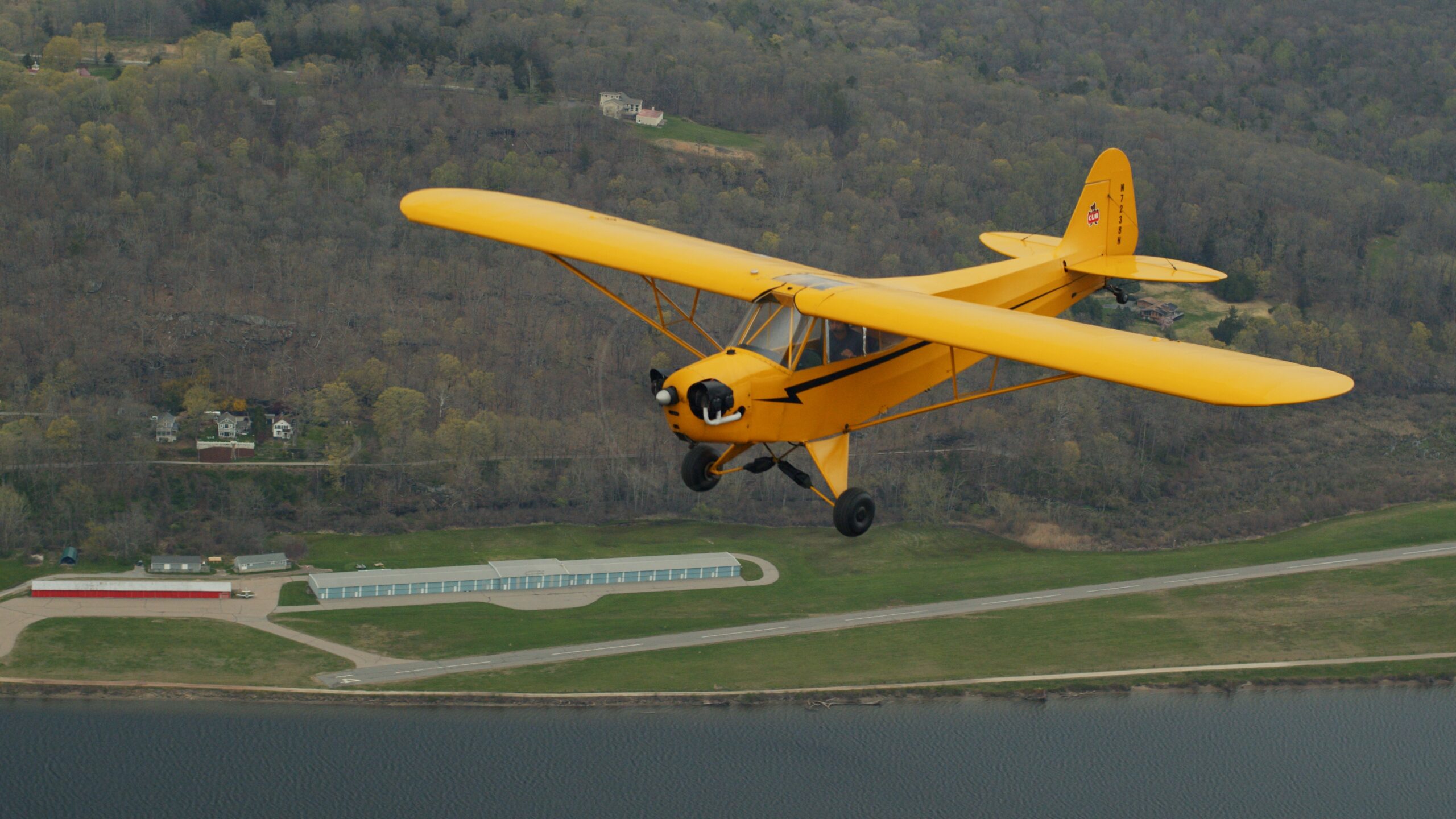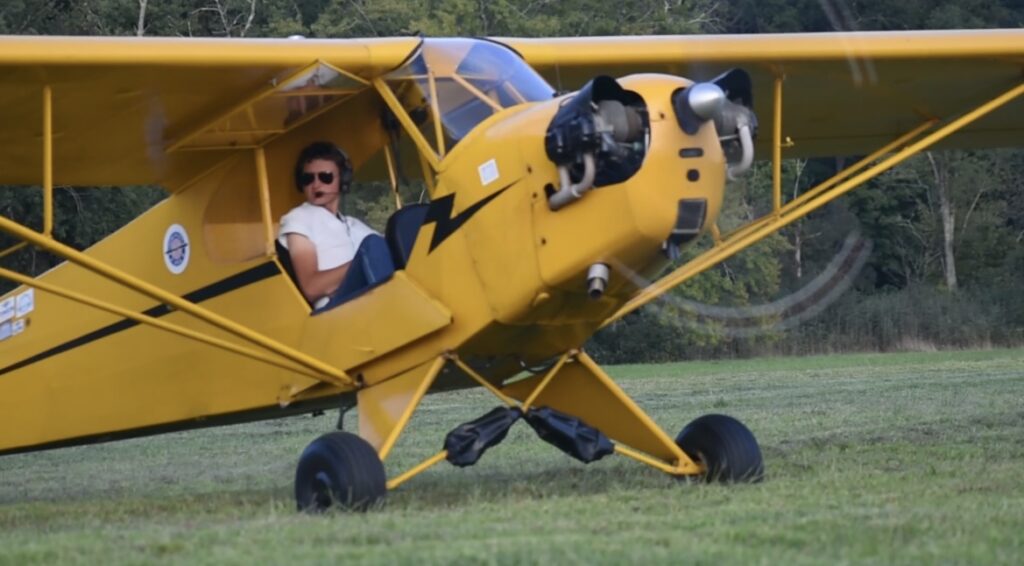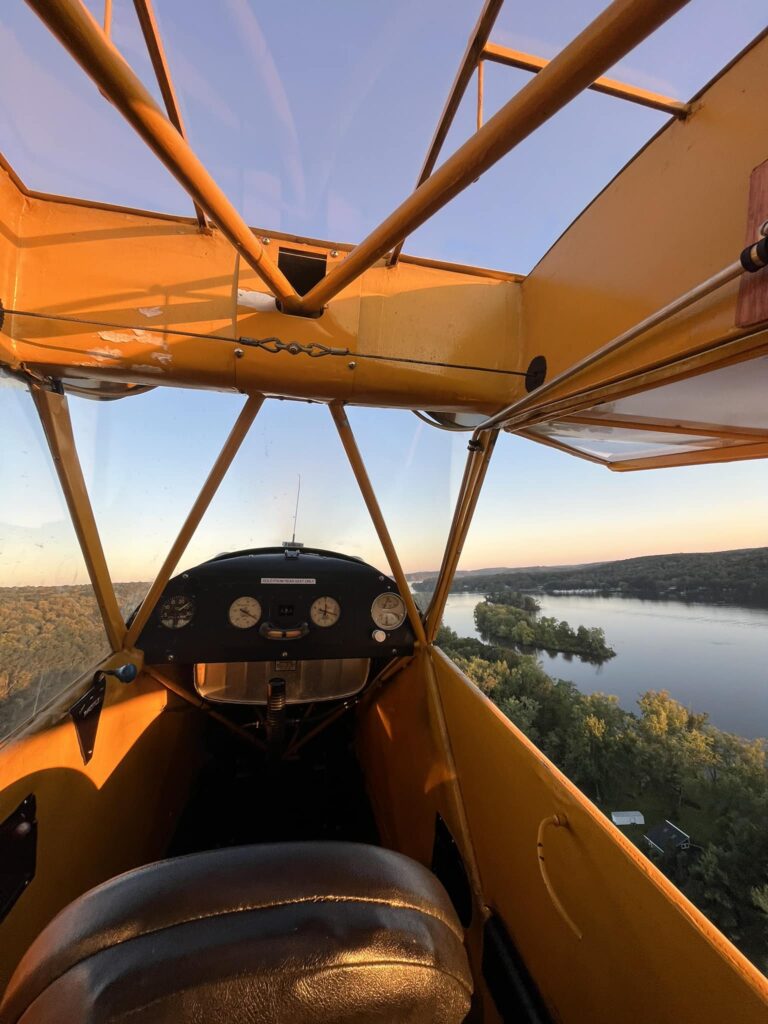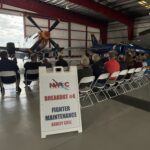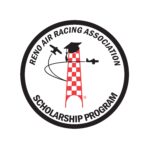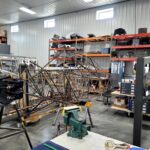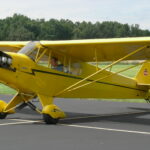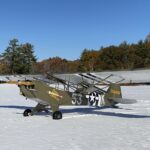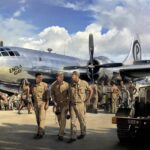Luc Zipkin is a writer and content manager for Vintage Aviation News, is aged 19 at the time of writing and, in his own words, grew up in “a family thoroughly consumed by aviation”. Taking after his US Army Signal Corps veteran grandfather who used his GI Bill funds to finance a pilot’s license and the purchase of a Boeing Stearman, Luc soloed in a glider at 14 and then in the family J-3 Cub – now Goodspeed Flying Service’s training aircraft – on his 16th birthday. He is a volunteer with the Tunison Foundation, the Commemorative Air Force, and private warbird collections, and was the founder and former president of Young Pilots USA, an advocacy group for young people in aviation.
By Luc Zipkin
In the warbird industry, we often focus on aircraft restoration shops, museums, and airshows as epicenters of the movement for historic aviation. Increasingly, however, appropriate pilot training is difficult to come by. More and more every day, we as an industry are nearing a world where we have airplanes to fly but nobody to fly them. Thankfully, there are a small number of businesses that provide top-notch warbird training, particularly for advanced trainers and fighters.
There is a gap, however, and that’s in local, grassroots tailwheel instruction. Texans and Mustangs are glorious beasts, but they’re also expensive and challenging to fly. At an introductory level, most people don’t have access to quality tailwheel instruction, if any. Tailwheel skills are critical to safely flying almost all warbirds, and the next generation isn’t getting them from freight flying in Beech 18s like previous generations did.
So, in a shameless bit of self-promotion, I’m proud to introduce Goodspeed Flying Service, a tailwheel-only flight school based at Goodspeed Airport (42B) in East Haddam, Connecticut. At our home base, we have a 2,100-foot paved runway, but in the summertime, we much prefer to train on our roughly 1,600 feet of grass, and a variety of local grass strips. Situated directly next to the Connecticut River– where the airport also has a licensed water runway, docks, and an active seaplane flight school –the Goodspeed Airport both showcases the natural beauty of New England and demands proper airspeed and directional control of pilots. We train in our 1946 Piper J-3 Cub with no electrical system and offer tailwheel endorsements, recurrent training, flight reviews for tailwheel pilots, transition training for a variety of light taildraggers, and ferry flights. In other words, I’m blessed to be able to make my passion my vocation and to build a business around such a fantastic classic airplane in such a beautiful and well-suited location.
If you’d like to learn more, please visit our website at FlyGoodspeed.com.







